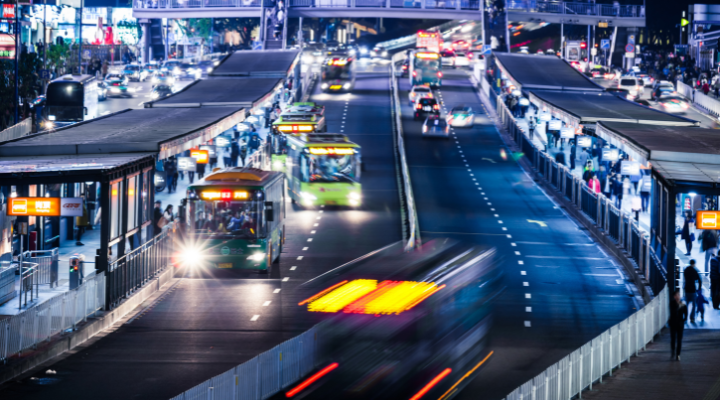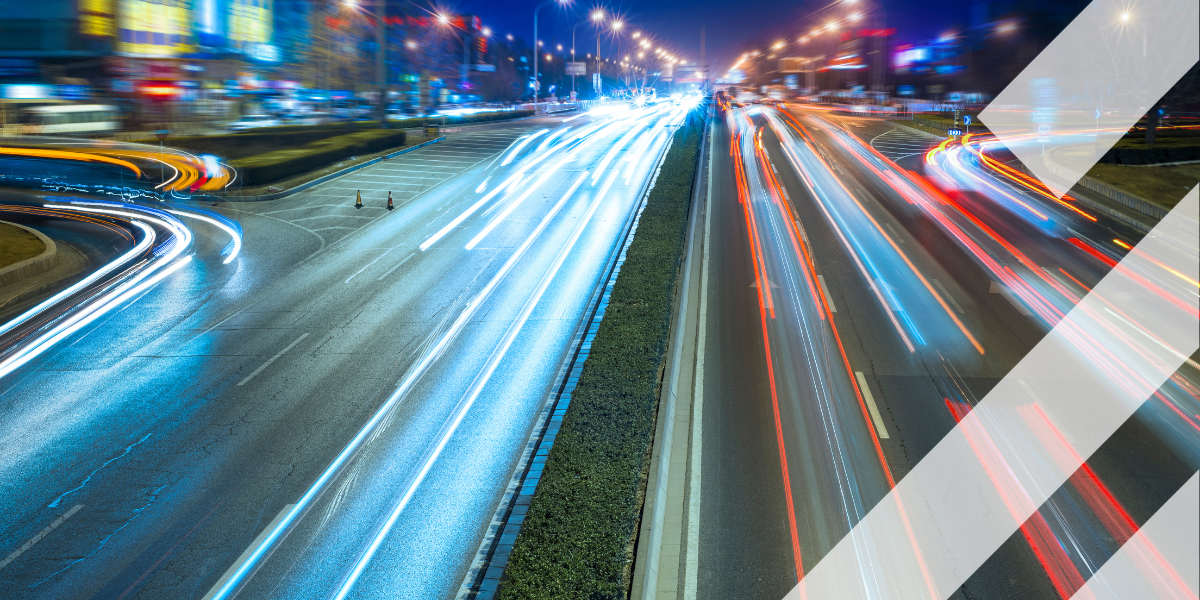China’s Super Transit Systems: How Smart Tech is Powering the World’s Most Advanced Subways
China is leading the way when it comes to building smarter, faster, and more efficient metro systems. Cities like Beijing and Shanghai already have some of the busiest subways in the world, but now they’re focused on making them intelligent using AI, big data, and a powerful tool called the digital twin.

A Digital Mirror of the Subway
One of the most exciting developments is the use of digital twins, virtual replicas of entire metro systems. In Beijing, Line 6 has become a standout example of this technology in action. The digital twin mimics the real-world line in real time by constantly receiving data from sensors across the system, from trains to signals to platforms.
What makes this useful is that operators can simulate different situations. like sudden delays, equipment faults, or crowd surges, and test how the system would react without ever disrupting service. It’s a powerful tool for both immediate decision-making and long-term planning. By identifying potential problems before they happen, metro authorities can act early, keep trains running on time, and plan smarter maintenance schedules.
Smarter Scheduling with AI
Shanghai’s enormous metro network is also pushing boundaries with AI-powered scheduling. The system analyses travel data to understand when and where passenger demand is highest. That means trains can be added or held back depending on how crowded certain areas are, no need for fixed schedules that don’t adapt to real-world conditions.
The AI doesn’t just look at train data. It considers weather forecasts, public holidays, city events, and even traffic conditions to make decisions. All of this reduces waiting times, prevents overcrowding, and helps the system operate more efficiently, even during unexpected surges in passenger numbers.
A Seamless Passenger Experience
For passengers, these innovations are making daily travel smoother. In many cities across China, commuters use mobile apps like WeChat or Alipay to plan, pay for, and manage their entire journey. These apps give live updates, show how crowded stations are, and suggest alternative routes if needed.
Some stations are also testing smart fare gates, which automatically adjust their speed or open wider when more people are passing through, improving crowd control and reducing bottlenecks.
National Integration: Beyond Just Metro Lines
China isn’t just making metro lines smarter, it’s connecting them into a broader, more unified transport ecosystem. Cities like Guangzhou are experimenting with fully autonomous metro lines, using AI to drive trains without human operators. Meanwhile, long-term plans aim to link local metros with national high-speed rail networks and regional bus services, all digitally integrated.
This means passengers can one day plan a trip that spans multiple cities, from metro to high-speed train to local shuttle, using just one digital platform.
A Glimpse of the Future
These systems aren’t pilot projects or prototypes. They’re already serving tens of millions of people daily, providing real-world proof that public transport can be smarter, faster, and more reliable through technology.
By combining digital twins, artificial intelligence, and integrated platforms, China is setting a new global benchmark for how data and infrastructure can work together. As more cities around the world look to upgrade their own transit systems, China’s approach offers a powerful model for what the future of public mobility might look like.
Share your story
Do you have an innovation, research results or an other interesting topic you would like to share with the professionals in the infrastructure, traffic management, safety, smart mobility and parking industry? The Intertraffic website and social media channels are a great platform to showcase your stories!
Please contact our Sr Brand Marketing Manager Carola Jansen-Young.
Are you an Intertraffic exhibitor?
Make sure you add your latest press releases to your Company Profile in the Exhibitor Portal for free exposure.

Los súper sistemas de transporte de China: cómo la tecnología inteligente está impulsando los metros más avanzados del mundo
04 July 2025

Puerto Chancay: Una Nueva Era de Transporte Inteligente y Ecológico en Latinoamérica
30 May 2025

Chancay Port: A New Era of Smart and Green Shipping in Latin America
26 May 2025
Get up to speed on the mobility industry - our newsletter straight to your inbox!
